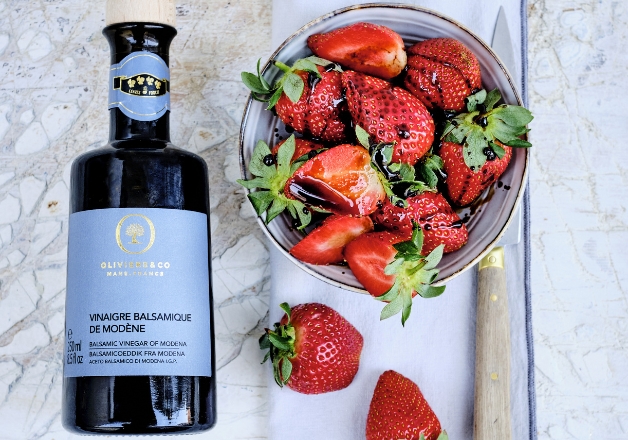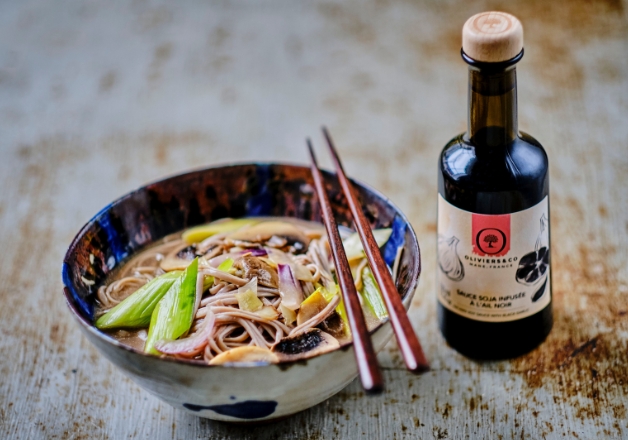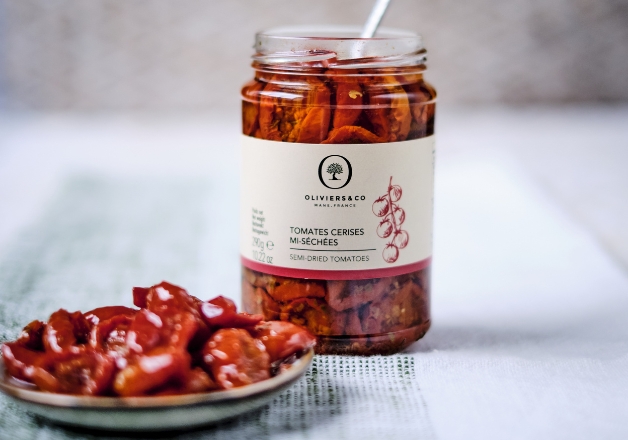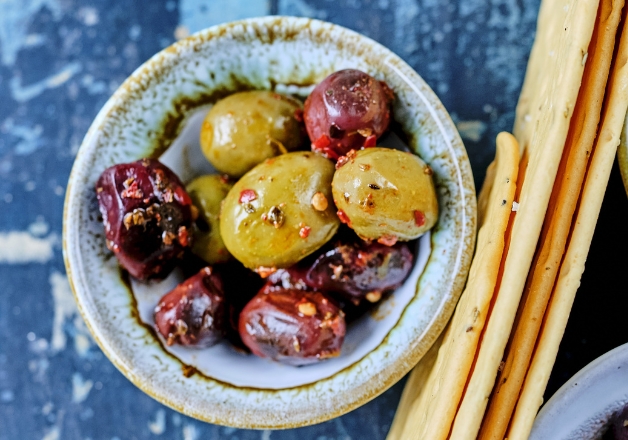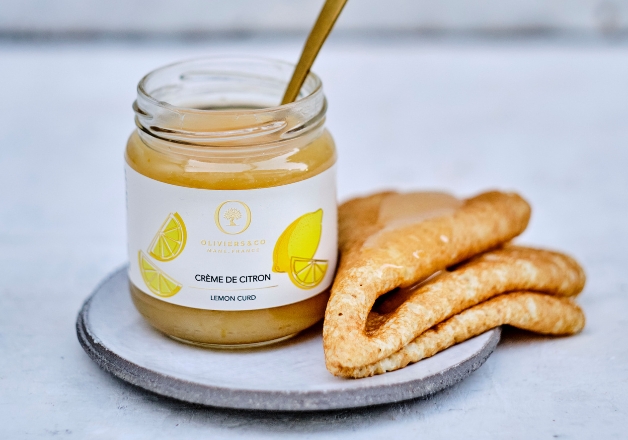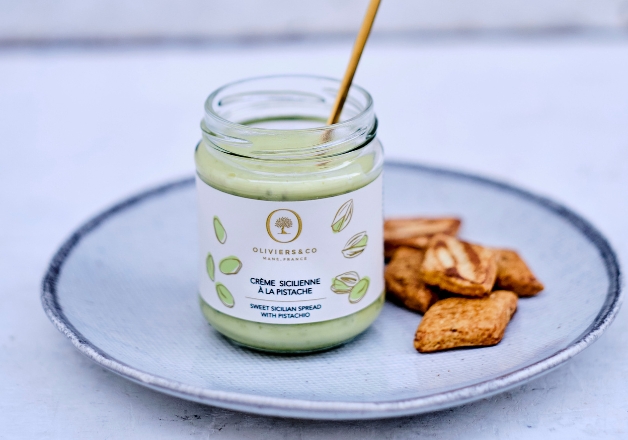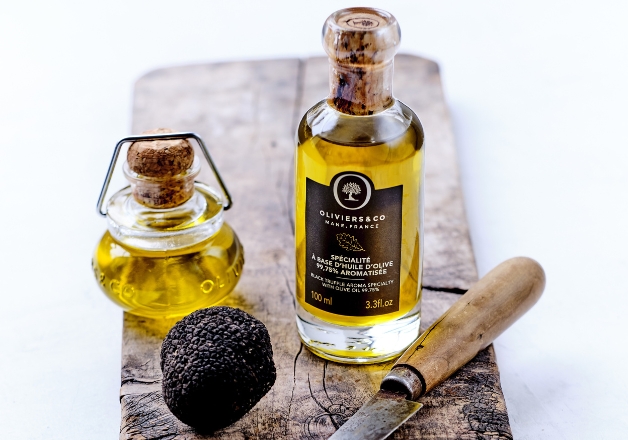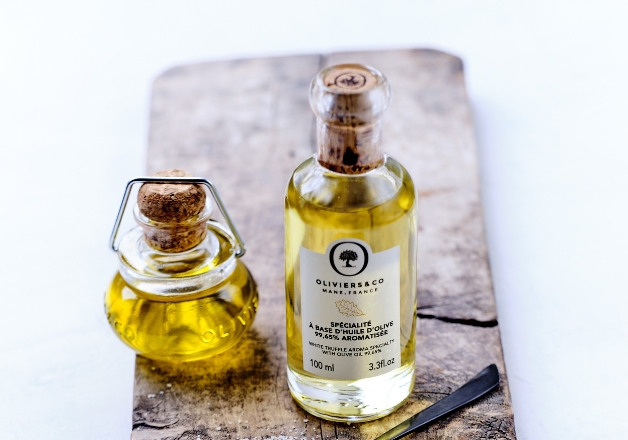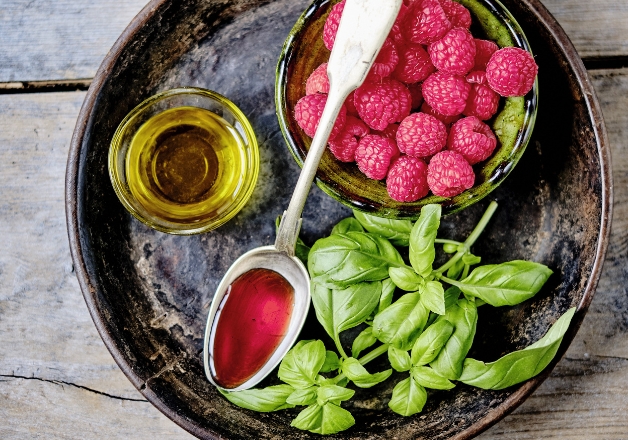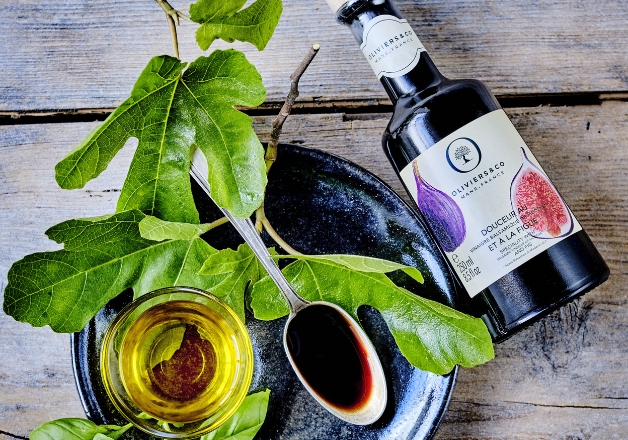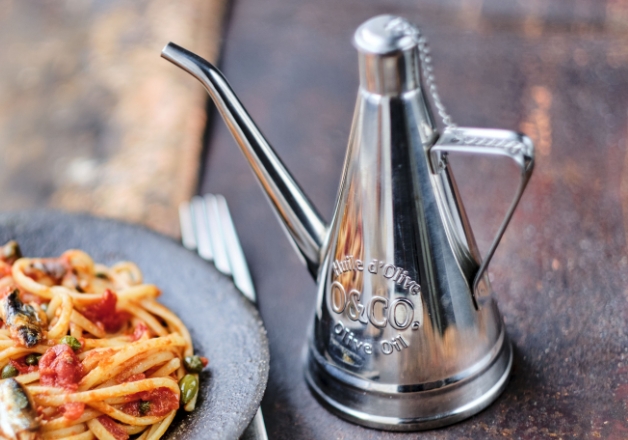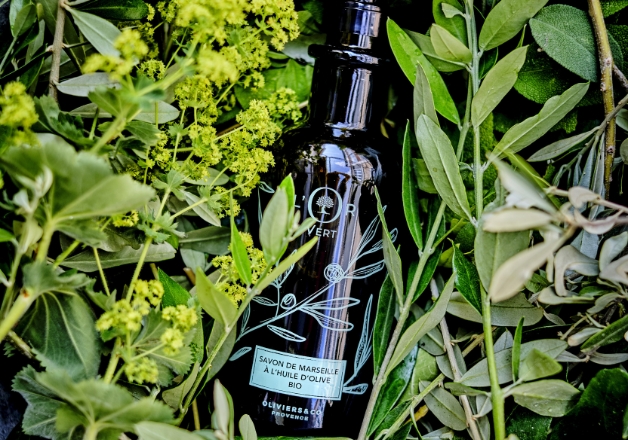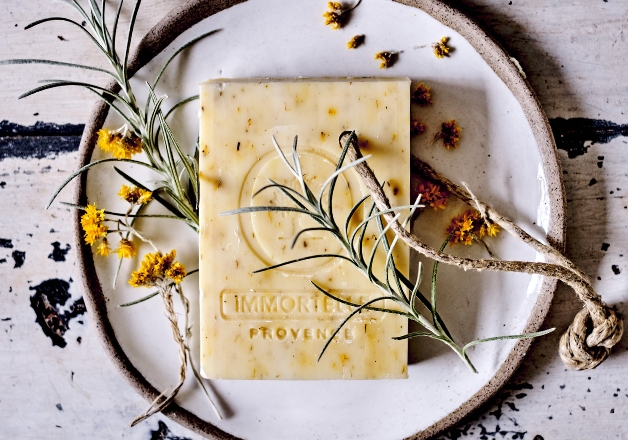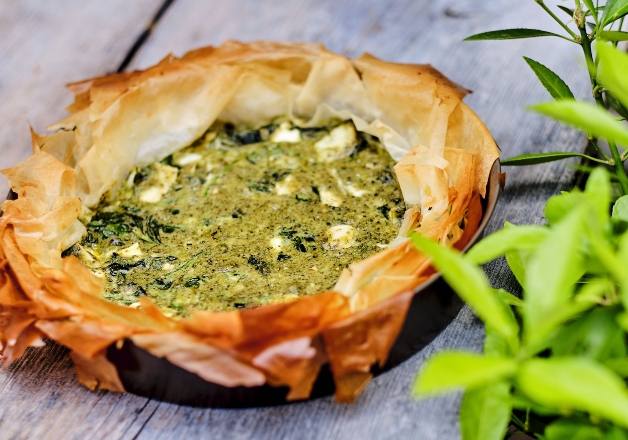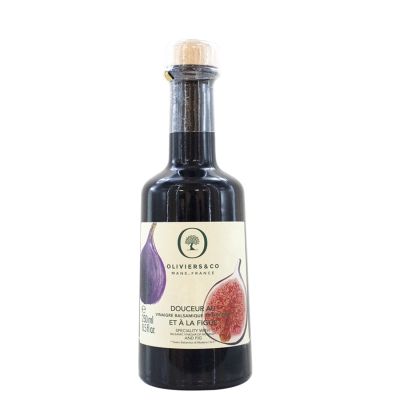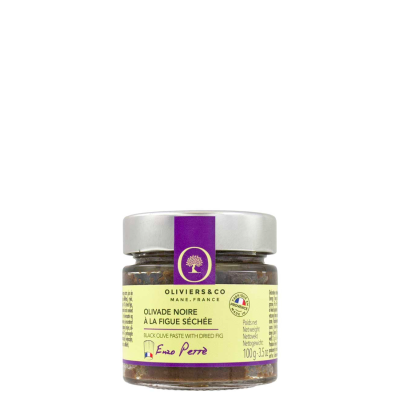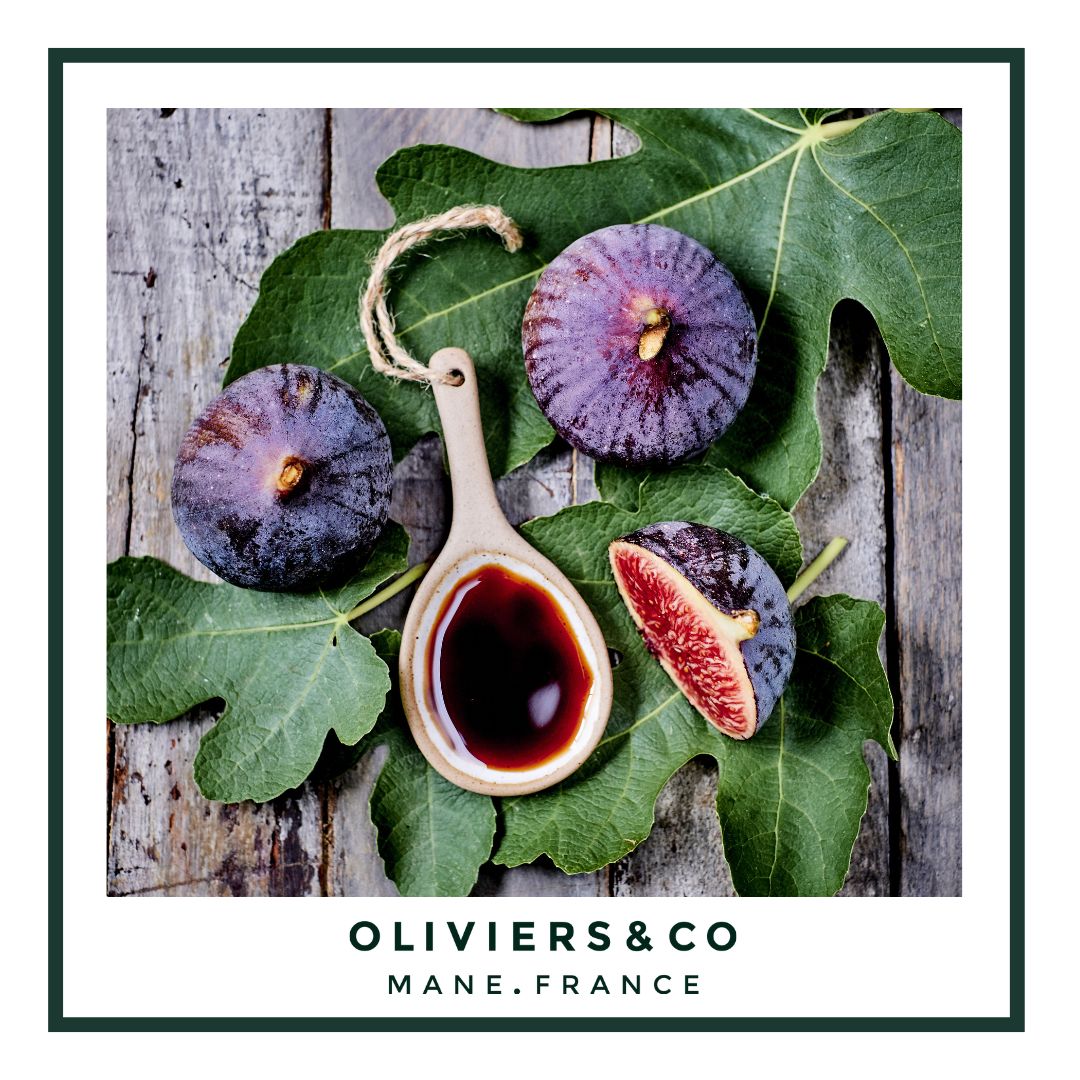

The fig, a mysterious and delectable fruit, holds a special place in human history. From its ancient origins to its health benefits, culinary uses, and beauty virtues, this article delves into the multiple facets of this delightful fruit.
History of the Fig
The fig, originally from the Mediterranean region, has a history dating back thousands of years. The earliest records of fig cultivation trace back to ancient civilizations, including Egypt and Greece, where it was revered as a symbol of fertility and prosperity. Ancient Greeks not only cherished its taste but also valued its nutritional and medicinal properties.
Over the centuries, the fig journeyed across the world, becoming a staple food in many cultures. It also found its place in religion and mythology. For instance, in the Bible, fig leaves were used to cover the nudity of Adam and Eve. Today, figs are widely cultivated in warm regions around the globe and continue to be appreciated for their unique taste and health benefits.
Health Benefits
Figs are not just delicious; they are incredibly nutritious. Here are some of their health benefits:
1. Nutrient-Rich: Figs are a rich source of vitamins (notably vitamin K and vitamin B6) and minerals (potassium, calcium, magnesium, iron), making them essential for maintaining good health.
2. Improved Digestion: Figs are loaded with dietary fiber that promotes healthy digestion and prevents constipation. They also support a balanced gut microbiome.
3. Cardiovascular Health: The potassium content in figs helps regulate blood pressure, while antioxidants contribute to reducing the risk of cardiovascular diseases.
4. Weight Management: Naturally sweet, figs can satisfy sweet cravings without compromising your diet. The fiber also contributes to satiety.
5. Diabetes Control: The fiber in figs helps stabilize blood sugar levels, beneficial for individuals with type 2 diabetes.
6. Cancer Prevention: Antioxidants in figs, such as polyphenols, can help reduce the risk of certain cancers.
Cooking with Figs
Figs are versatile in the kitchen. Here are some ideas for incorporating them into your recipes:
1. Fresh: Enjoy them simply fresh by cutting them into quarters and adding them to a salad, cheese platter, or yogurt.
2. Dried: Dried figs are a convenient and delicious snack. They can also be chopped and added to muffins, bread, or cereals.
3. Candied: Candied figs are perfect accompaniments to foie gras or hard cheeses. They can also be used as toppings for desserts.
4. Jam: Make your own fig jam to spread on bread or accompany meat dishes.
5. Grilled: Grilled figs with honey and goat cheese make a spectacular appetizer.
Beauty Virtues of Figs
Beyond their health benefits, figs also offer beauty virtues. Fig extracts are increasingly used in skincare products, especially in solid soaps. Here's how fig can help you achieve radiant skin:
1. Hydration: Figs are rich in water, making them excellent for deep skin hydration.
2. Anti-Aging: Antioxidants in figs help combat signs of aging by neutralizing free radicals.
3. Skin Brightening: Fig extracts can help lighten dark spots and even out skin tone.
4. Gentle Exfoliation: Tiny fig seeds can be used as natural exfoliants to remove dead skin cells.
5. Soothing: Figs possess soothing properties that can calm skin irritations.
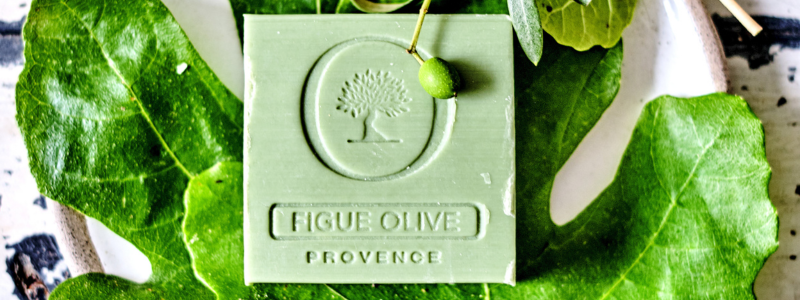

The fig is much more than a delicious fruit; it is a treasure trove of health benefits, a culinary star, and a precious ally for radiant skin. Whether you enjoy it fresh, incorporate it into your favorite dishes, or use it in your beauty products, the fig will continue to surprise you with its versatility and countless advantages. Don't hesitate to embrace it more in your life to reap its numerous benefits.



